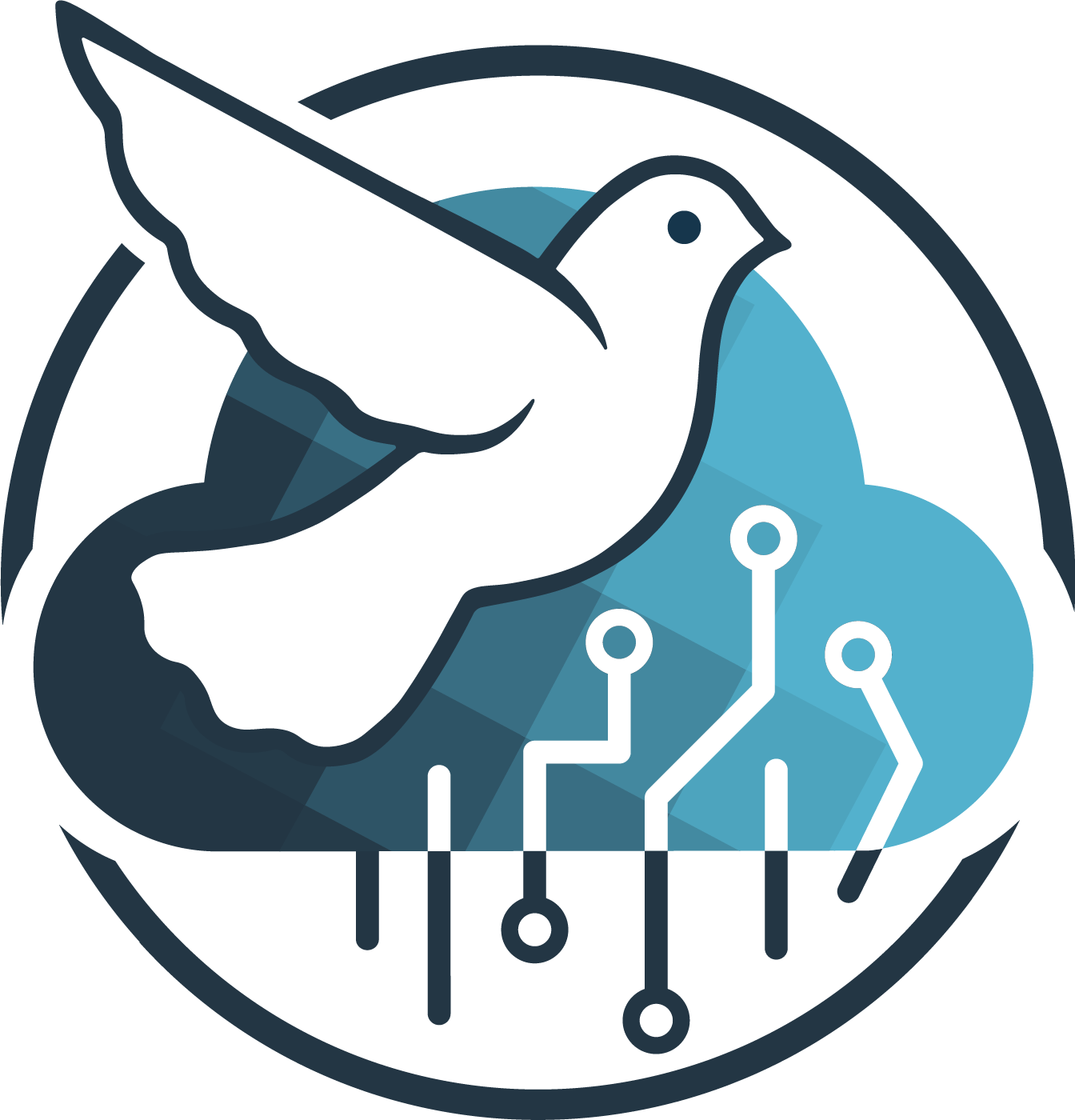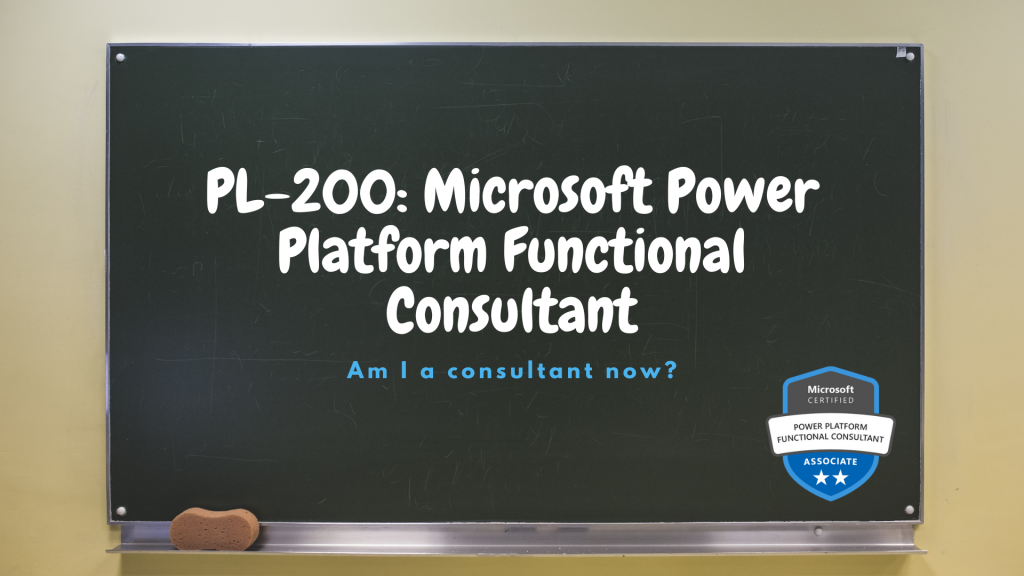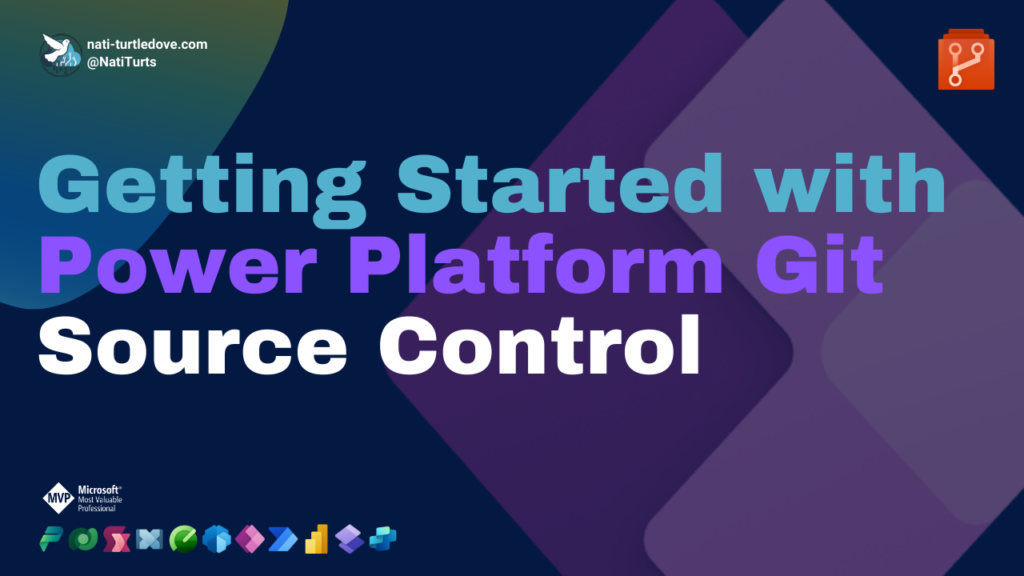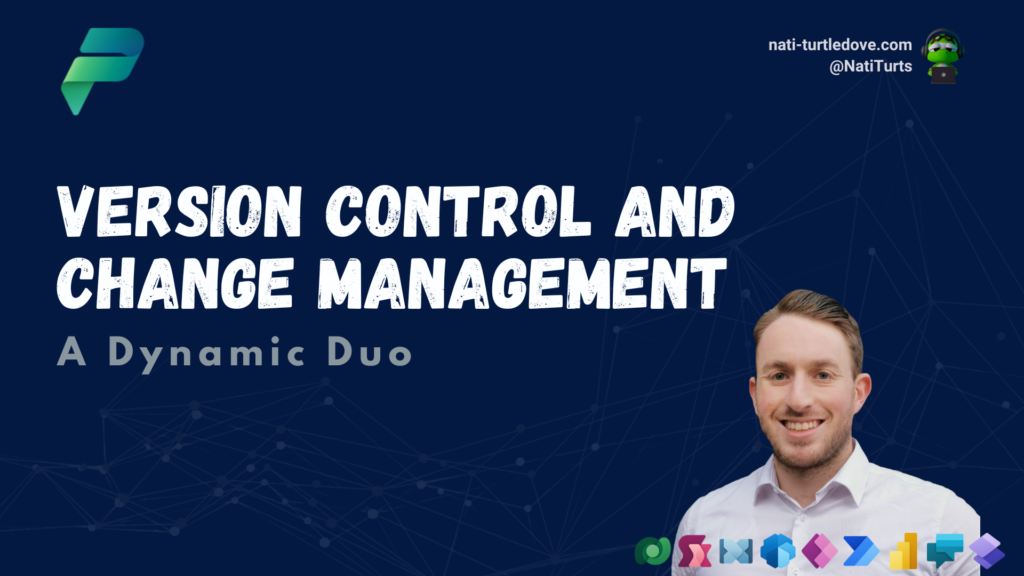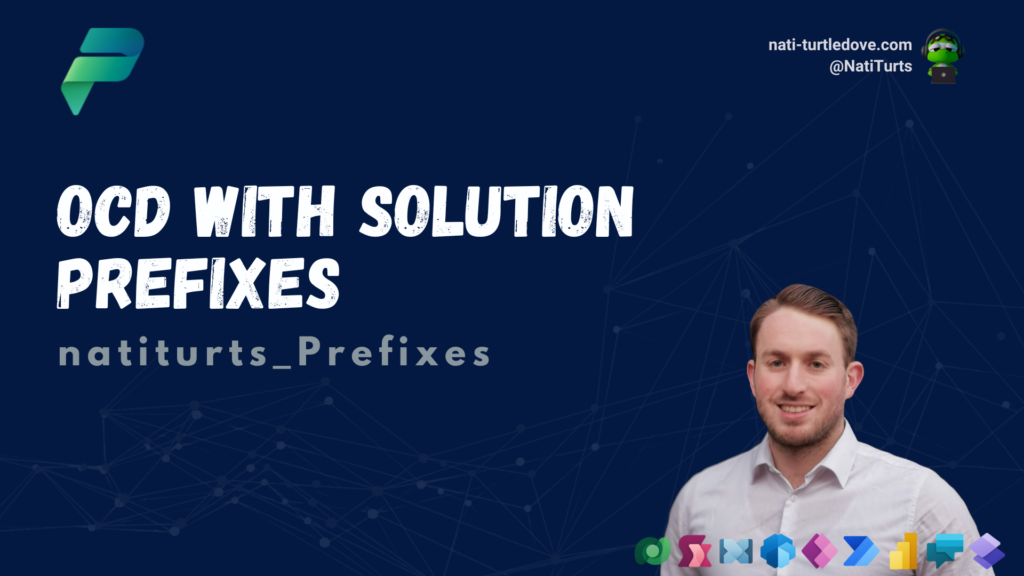What’s the “Consultant” Part?
As you may expect, the PL-200 exam covers similar skillsets and knowledge that were tested during the PL-100. What makes this exam different, is the “consulting” side. The word “consulting” may sound a bit off-putting, however as a developer journeying along a Power Platform career, you’re bound to be interacting with clients, stakeholders and decisions makers at some point. That’s the difference in this exam.
What it Covers
Now although I personally found the PL-200 somewhat easier than the PL-100, the exam covers the general skillsets around being able to build solutions and also identify what is achievable through Power Platform development by testing a candidates knowledge around the Power Platform products and their ability to describe each products abilities. It also branches into the more formal approach to solution development and delivery, such as requirements, identifying achievable objectives and communicating with stakeholders. This also overflows into what we call Application Lifecycle Management (ALM) and Governance. I’m sure you’ve heard me mentioned those terms a few times right? One thing for certain, it tests your more hands on experience and knowledge.
Skills Measured
As per the latest Microsoft Learn site for the PL-200 exam, Microsoft have outlined the key areas the exam will focus on.
- Configure Microsoft Dataverse (20–25%)
- Create apps by using Microsoft Power Apps (15–20%)
- Create and manage process automation (20–25%)
- Describe Microsoft Power Virtual Agents (10–15%)
- Import and visualize data by using dataflows and Power BI (10–15%)
- Define an environment strategy (10–15%)
Translating a Model
Focusing more on the Dataverse side of things, being able to manage a data model and translate it into Dataverse relational tables is crucial. This includes managing standard, activity & virtual tables whilst ensuring appropriate ownership, entity relationships (1:N, N:N etc), primary keys and properties are set up correctly. Reading up on data relations and information systems is a great way to get the fundamental concepts of how a data model is built and managed. The exam tests developers on that logic but applied to the Dataverse world. So, when we talk about alternate keys, designing cascading rules and configuring table properties, having a strong understanding of data structuring will helps adopting those concepts to Dataverse much easier.
More specific to Dataverse, the exam also tests capabilities around Dataverse configuration. This includes setting up searchable content in Dataverse, configuring Dataverse auditing rules, applying fail safes with duplication rules, and generally moving data in, out and across Dataverse. This includes understanding choices, business rules, and setting up data flows.
With regards to security, the exam does test a vast amount of security processes and configuration. Be sure you can align business units with security roles, create and manages users and teams associated with pre-defined and custom security roles, and link AAD groups to Dataverse as well. Being able to plan and explain a security model in line with an organizations organigram and based on hierarchy rules is also important. A really nifty way to test your knowledge and review your awareness associated with security issues, is to install and test out the Security Risk Assessment & Management Solution. You can download it here.
Power Apps
On the Power Apps side of things, the exam tests your capabilities a bit further than the previous PL-100. Candidates are expected to be able to create both Model-Driven apps, Canvas Apps and Custom Pages.
The tests validate your Model-Driven app skills by testing your ability to build custom forms and components, app site maps. creating business rules and configuring modern commanding. Candidates also need to be able to build custom pages and embed them within Model-Driven apps and be able to determine use cases as to when a Custom Page should be used over a Canvas app. Developers also need to understand Custom Page limitations.
When it comes to Canvas apps, the focus is more about understanding and describing what Canvas apps achieve. Being able to differentiate when a Canvas app should be used, describe the apps’ structure, and explain how navigation, formulas and general low-code fundamentals are used within Canvas apps is crucial. This also includes understanding how other products and processes such as Power Automate flows and Power BI reports can be embedded in the app.
Power Pages
Although Power Pages tends to lean to the pro-code side, the exam somehow includes requirements for candidates to be able to build Power Page sites. This includes creating forms and navigation, applying security and page access, and implementing authentication methods through registration.
I have not yet seen many questions related to Power Pages in this exam, but it is still a good idea to read up on the Microsoft Learn content.
Process Automation
This section of the exam focuses on a candidate’s ability to describe, identify and build Power Platform automation. The first part of this section related to Power Automate cloud flows. This requires candidates to being able to describe and differentiate between what the various flows are, when to use them and describe their components, such as trigger types, connectors and actions. Candidates should also understand the fundamentals of automation process logic and be ale to implement branches, loops, conditions and error handling. Although not mentioned, it is also useful to understand how to pass variables across various flows and retrieve them from other Power Platform products.
When it comes to Business Process Flows, candidates need to know how to configure these flows, create stages, workflows and actions steps related to tables, and implement this BPF’s with logic into Power Platform solutions.
Power Virtual Agents
Similar to the Canvas app section of this exam, the focus here is more on describing what is achievable through implementing Power Virtual Agents. Implementing includes being able to describe where chat bots are built and stored, what they can offer and how they make use of AI integration, as well as identify the variety of security options that can be applied to bots.
Diving into the specifics of chat bots, candidates should be able to understand how the bots are built and what components need to be used to deliver a functional chat bot. This entails being able to describe how topics work, how entities are referenced, and how they can branch out into other Power Platform products such as using Power Automate flows as actions.
Power BI
As highlighted above within Power Apps, candidates should be able to embed Power BI reports into both Canvas apps and Model-Driven apps. The same applies vice versa, as candidates should be able to add Canvas apps to Power BI reports and dashboards through the Power Pages visual. Similarly, candidates should also know how to use the Power Automate visual within Power BI and be able to trigger flows and alerts from directly within a report. If candidates can do this, they should also feel comfortable embedding reports in Power Pages.
The more complex side of Power BI focuses on candidates’ abilities to query data from Dataverse within Power BI using Power Query. They should also be able to schedule flow runs and understand what Power Fx is and how it is used through the platform.
Frameworks and Strategy
Lastly, my favourite topic. ALM (Application Lifecycle Management). This is something I strongly advise candidates to understand and study for, as it does not only help you pass the exam, but also expands your knowledge and capabilities when it comes to delivering scalable and stable solutions. Within ALM, candidates should understand what steps are taken before deploying a solution. This includes knowing when to use App Checker, Solution Checker, when to deploy as a managed or unmanaged solution, and what the difference between Upgrade, Update and Patch is.
Learning Content
My first go to is always the Microsoft Learn modules and paths. There is already a learning path specific to the PL-200 that will take you through all the material you should know for the exam. You can view a collection of learning paths, modules and units here. You can also view the exam study guide here which includes a free practice assessment. When you feel you ready, you can book the exam here.
Good luck on your exam 😉
